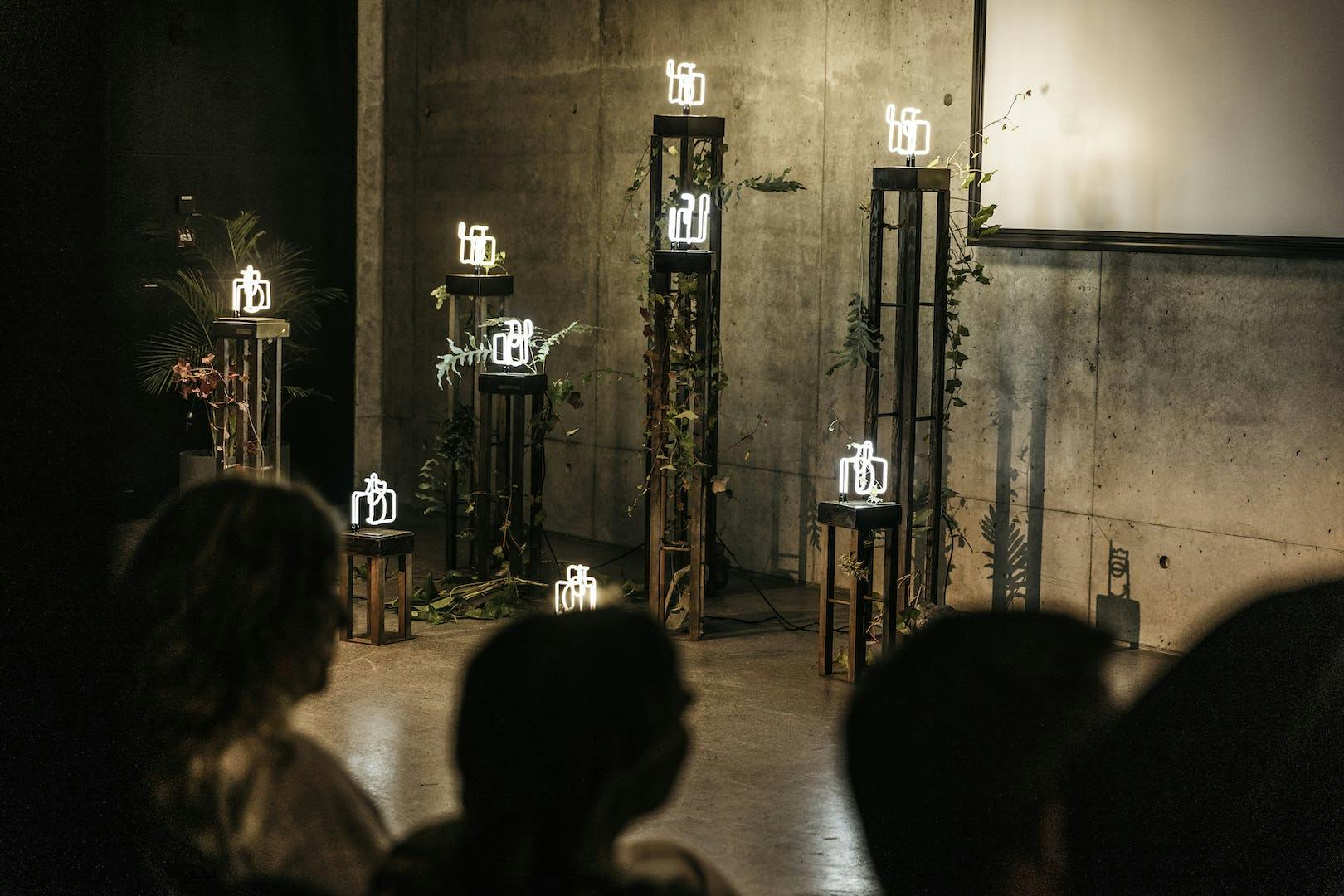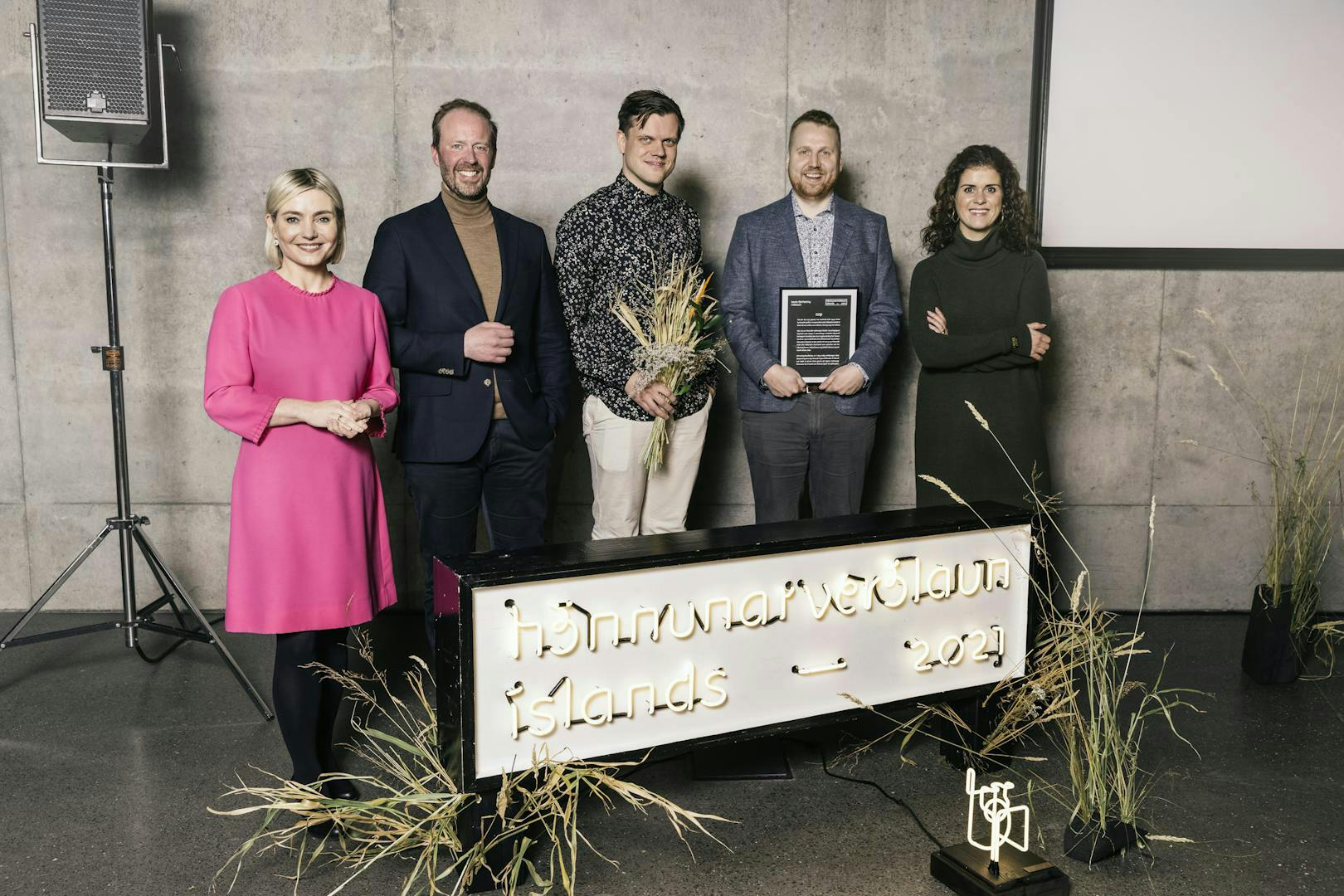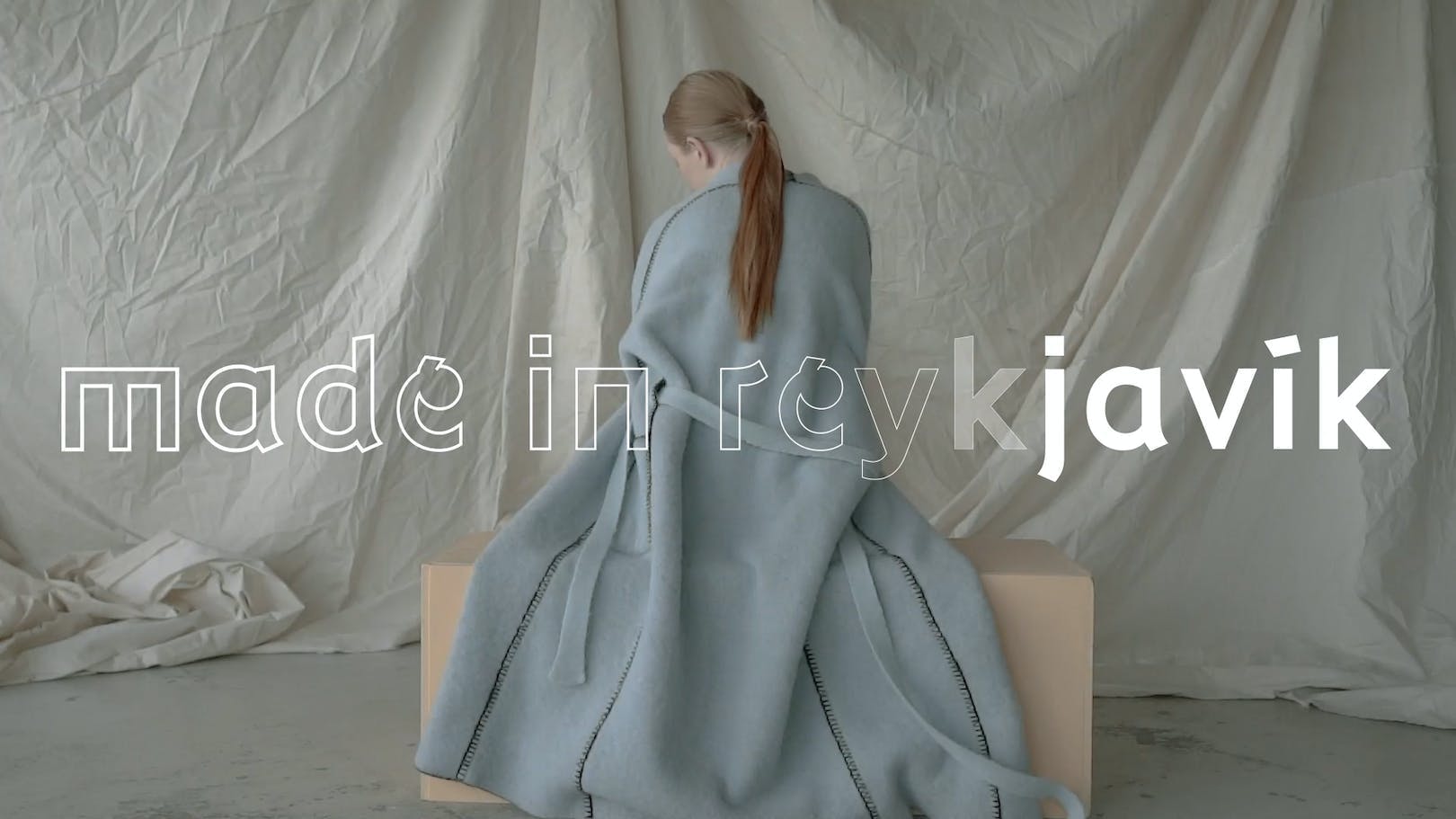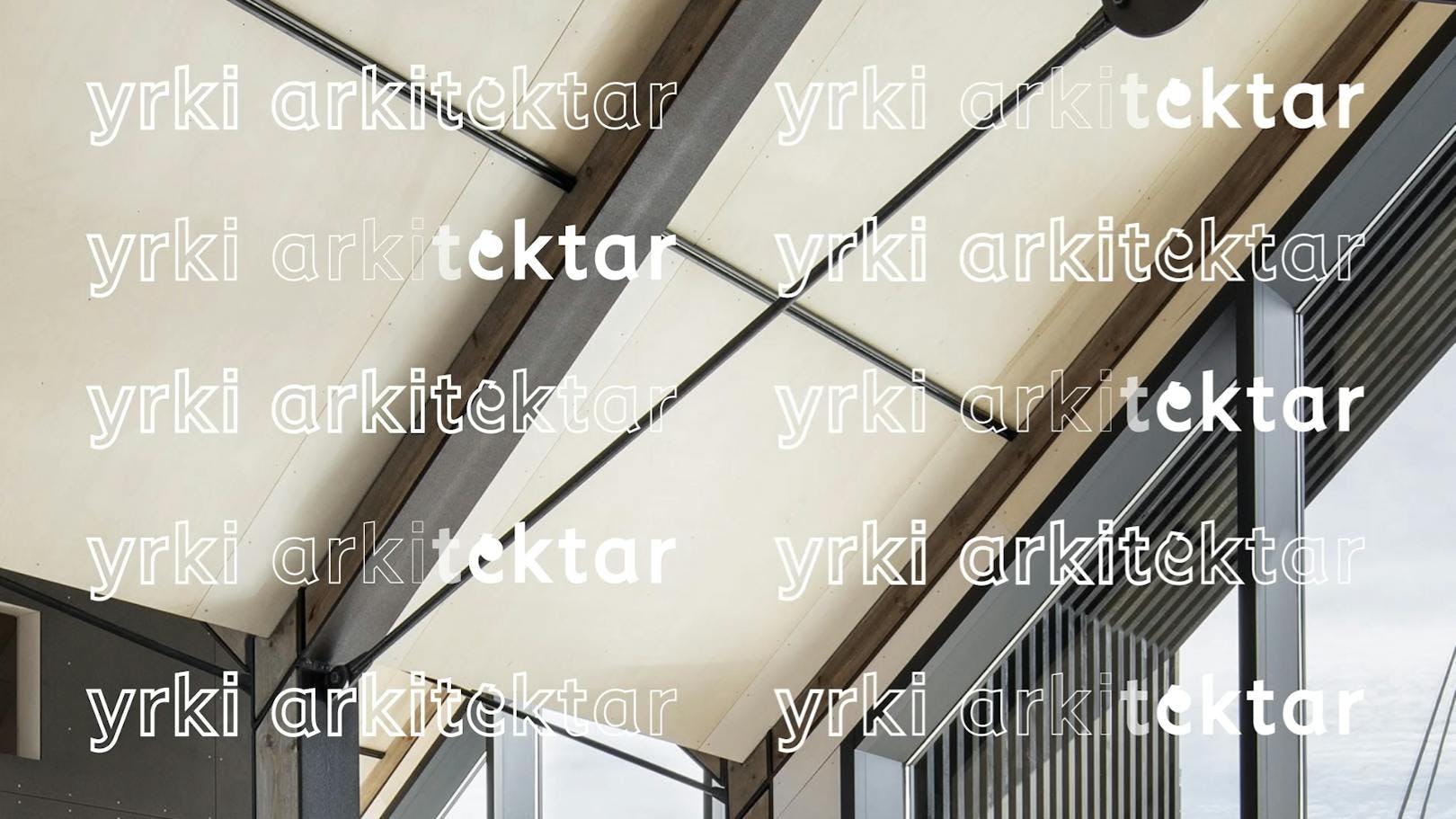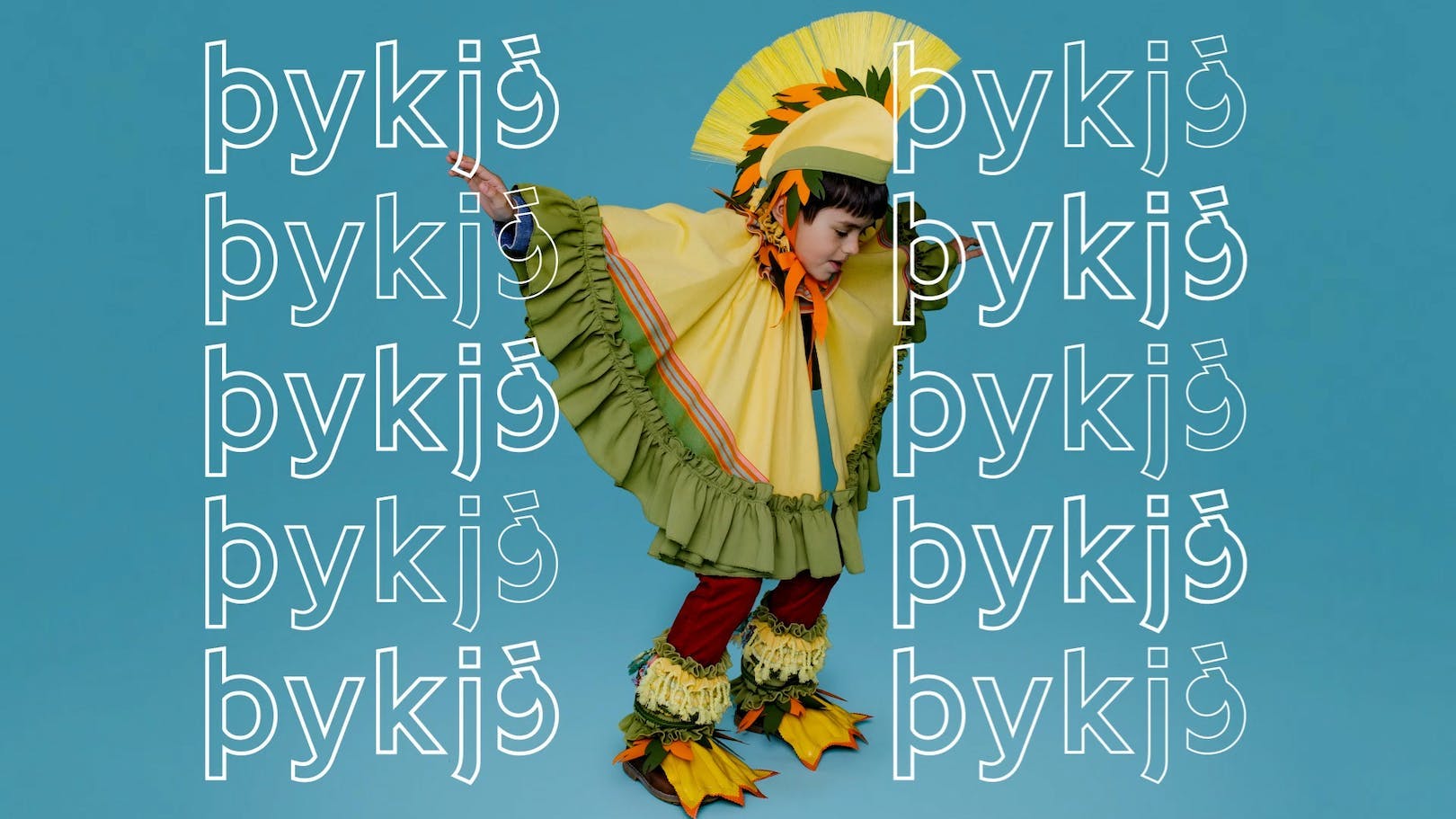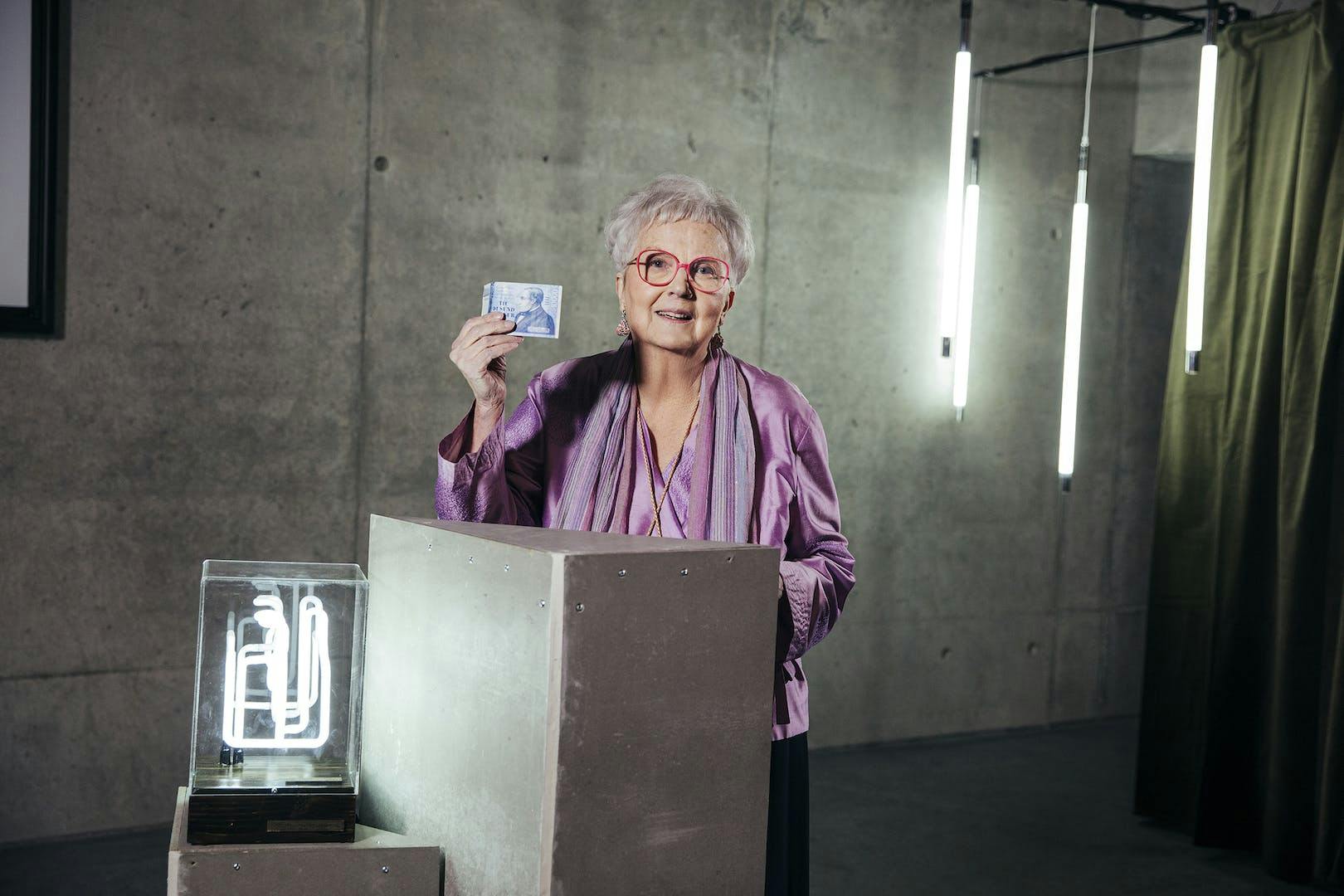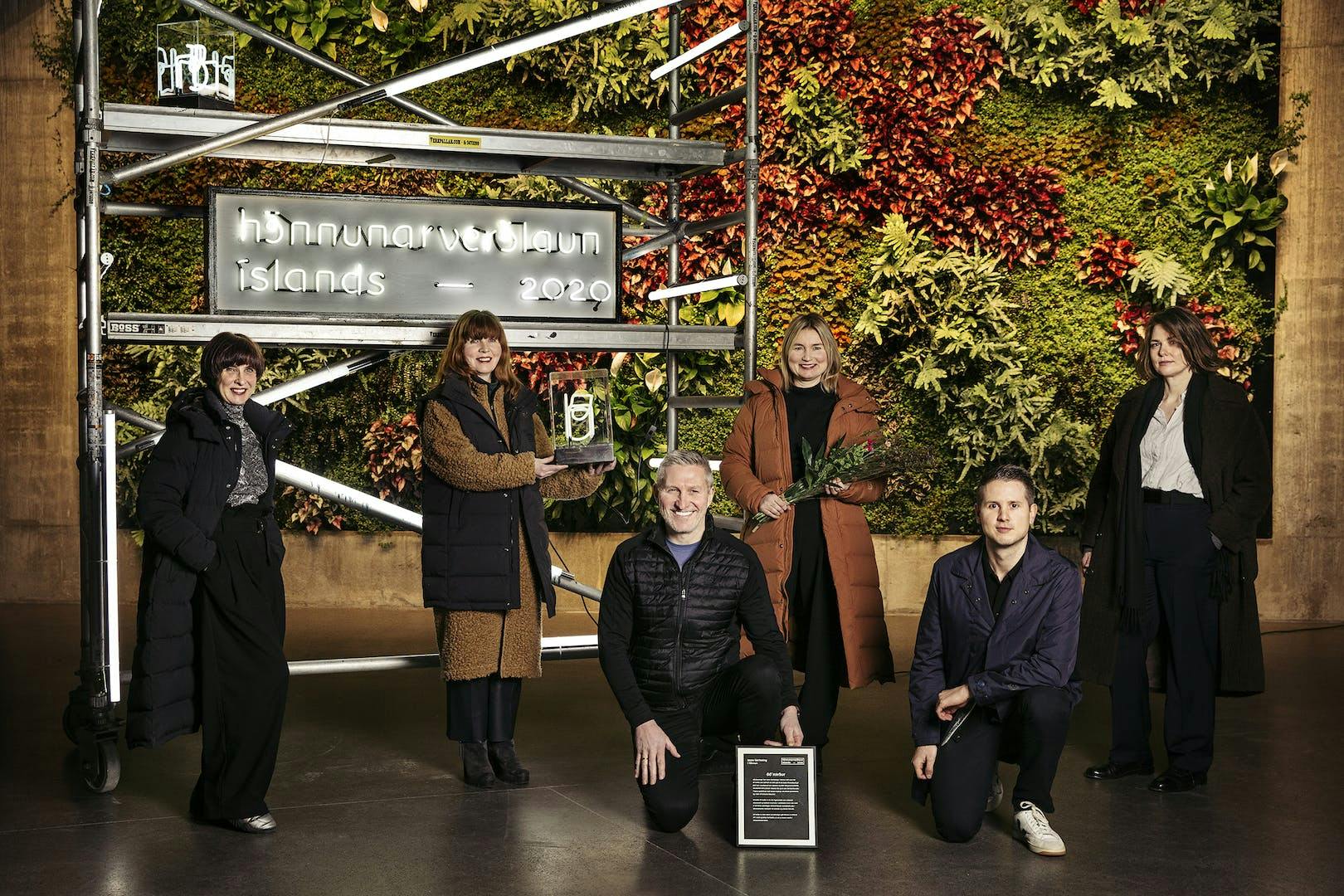- English
- Íslenska
Icelandic Design Awards
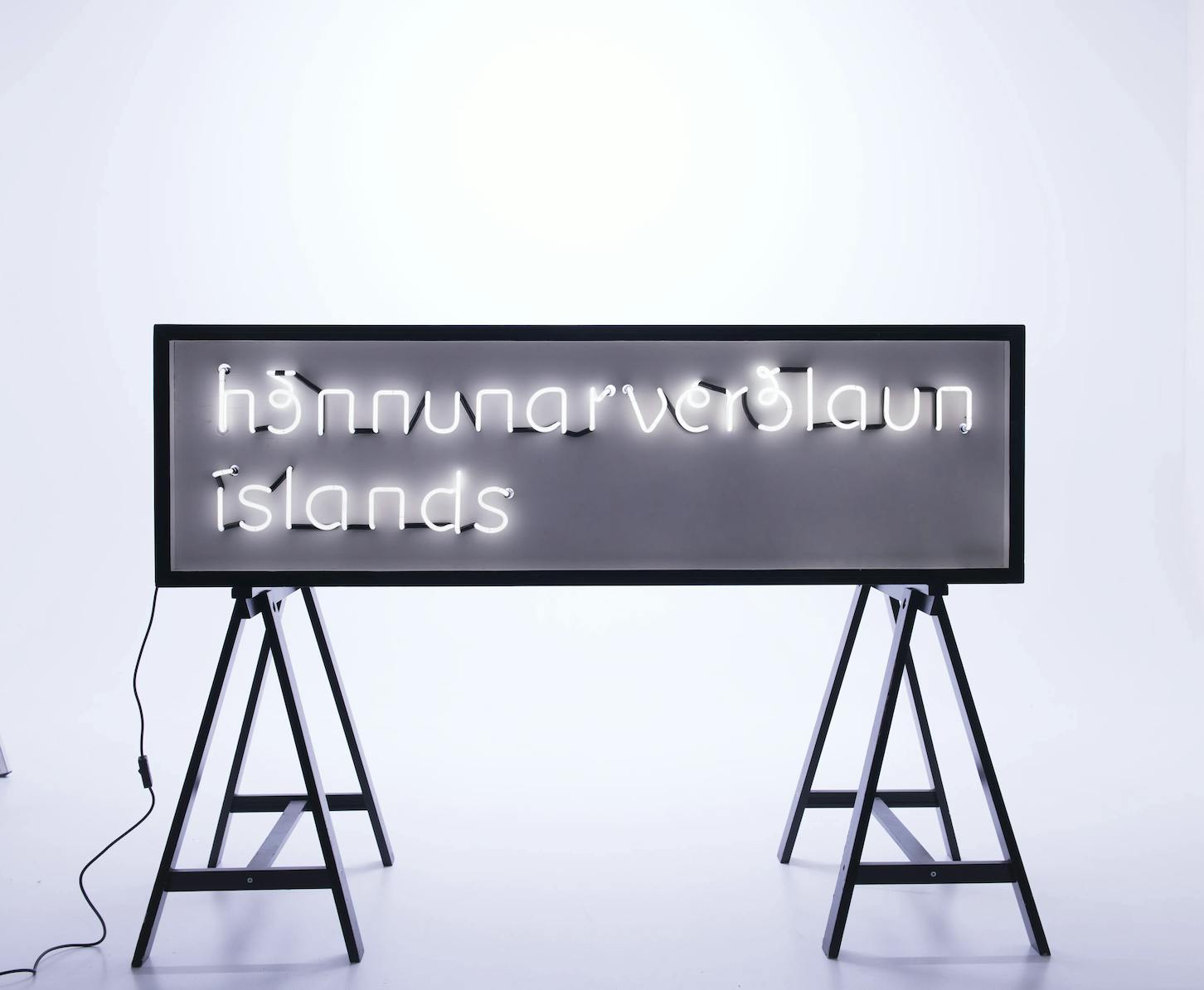
The Icelandic Design Award honours the best Icelandic design and architecture. The importance of design in our society, culture and business has been growing steadily, and it is therefore vital to increase the understanding of good design and highlight the value of quality.
The Icelandic Design Award will be awarded for the eleventh time this year and is awarded in three categories: Product // Place // Project.
The jury nominates three projects in each category, and one winner in each category receives the Icelandic Design Award 2024, which is both an honor and a monetary award.
Icelandic Design Award - categories
Product
The category calls for outstandingly designed projects that have been produced. A variety of items from different materials, garments, furniture, prints, clay, textiles, jewelry or services can be considered.
Place
The category calls for outstandingly designed projects that have their place in the space. Various spaces, buildings, districts, squares, parks and places are considered.
Project
The category calls for outstanding designed projects that have been executed. A variety of ideas, communication, experiences, exhibitions and solutions are considered.
The Iceland Design Award is awarded to a designer, architect, design team or studio for outstanding recent projects. When selecting award winners, we are looking for projects that excel and can stand as representatives of the best in the field of design and architecture. The projects must reflect quality and be effective, include creative thinking, clever solutions, careful implementation, focus on aesthetics and professionalism in working methods. We also look at whether the projects are user-friendly, innovative and have a positive effect on quality of life, value creation and sustainability.
In addition, the Icelandic Design Awards also include honorary award and recognition for the best investment in design.
Best investment in design recognizes successful investment in design or architecture in the past year. It is awarded over to a company that has incorporated design in the core of its operations to create value and increase competitiveness.
Honorary award is a recognition given to a person who has achieved exceptional success in their work, has been very influential in their professional field, or has delivered outstanding lifetime work in the field of design and architecture in Iceland.
The Iceland Design Awards 2024 will take place on November 7th in Gróska.
The Icelandic Design Award is established by Iceland Design and Architecture in collaboration with the Iceland University of the Arts, the Museum of Design and Applied Art, Promote Iceland, The Housing and Construction Authorities of Iceland, SI - the Federation of Icelandic Industries and Gróska.
The Icelandic Design Award
- 2023
- 2022
- 2021
- 2020
- 2019
- 2018
- 2017
- 2016
- 2015
- 2014

PROJECT
Pizza Time with Flétta and Ýrúrarí is an original and clear example of how design can promote environmental awareness in a fun and interesting way.
Pizza Time was a five-day performance that took place at DesignMarch 2023 where designers felted wool pizzas from Icelandic wool industry leftovers and sold them to customers just like normal pizzas. The setting was built around a felting machine which played the role of a pizza oven, and the designers played the roles of pizza makers and waiters.
Playfulness was the prevailing sentiment of the overall representation and execution, apparent in the design of the menus, the costumes, the setting, and the product itself. The performance space had large windows that provided guests with a view of the whole process.
The designers managed to create a memorable experience, and an interesting social experiment, attracting many guests. They demonstrated the vast opportunities for value creation in using leftover materials instead of raw material, and successfully raised awareness of the negative environmental impacts of the textile industry.
The wool pizzas were a hit, there were long queues and the designers could not keep up with the demand during the five days of Pizza Time.
PLACE
Edda, center for Icelandic Studies, is a unique and impressive building. Impeccable and professional work with attention to detail on the outside and inside. The oval shape of the building and the texture of the exterior hints at something valuable inside, standing in a reflecting pond and a copper cladding with text from manuscripts, decorating the walls and arouses curiosity of what lives within. Edda is open and bright with beautiful interiors which emphasize airiness and light.
Edda creates a new framework for Icelandic national heritage, a strong landmark adapting well to its surroundings. The interior is well executed, bright, environmentally friendly and serves well the multifaceted activities taking place in the building. Hornsteinar architects has successfully created a characteristic and impressive building that suits the subject.
A key building for Icelandic society as a home to the Icelandic Manuscripts, a treasure trove of Icelandic national heritage uniting the Árni Magnússon Institute for Icelandic Studies and the Faculty of Icelandic and Comparative Cultural Studies. Edda allows preservation and access to Iceland's most precious cultural heritage, for a long time to come.
PRODUCT
The Airbag is a product designed by Studio Flétta and an excellent example of innovative circular product design. Industry waste is transformed into a strong, multi-use pillow, 96% recycled and the material can be separated once the product's lifetime is over.
Studio Flétta is designers Birta Rós Brynjólfsdóttir and Hrefna Sigurðardóttir, who focus on circular design in an uniquely creative way. The pillows are designed in collaboration with and for FÓLK Reykjavík, made from used airbags in cars that would otherwise have gone to landfill.
The Airbags are sourced from an environmentally certified car parts supplier and the fill is leftover fabric from 66° North. The sewing is by the Danish sewing house Huset Venture, a non-profit organization that provides work for people who run into obstacles in conventional work environments.
The pillow’s appearance is modern, unexpected and beautiful. Flétta’s and FÓLK’s extraordinary partnership is not only pleasing to the eye, but also encourages to contemplate more deeply over the products of today and answering the global call for more circularly economic design.
Nominations
- 2023
- 2022
- 2021
- 2020
- 2019
- 2018
- 2017
- 2016
- 2015
- 2014
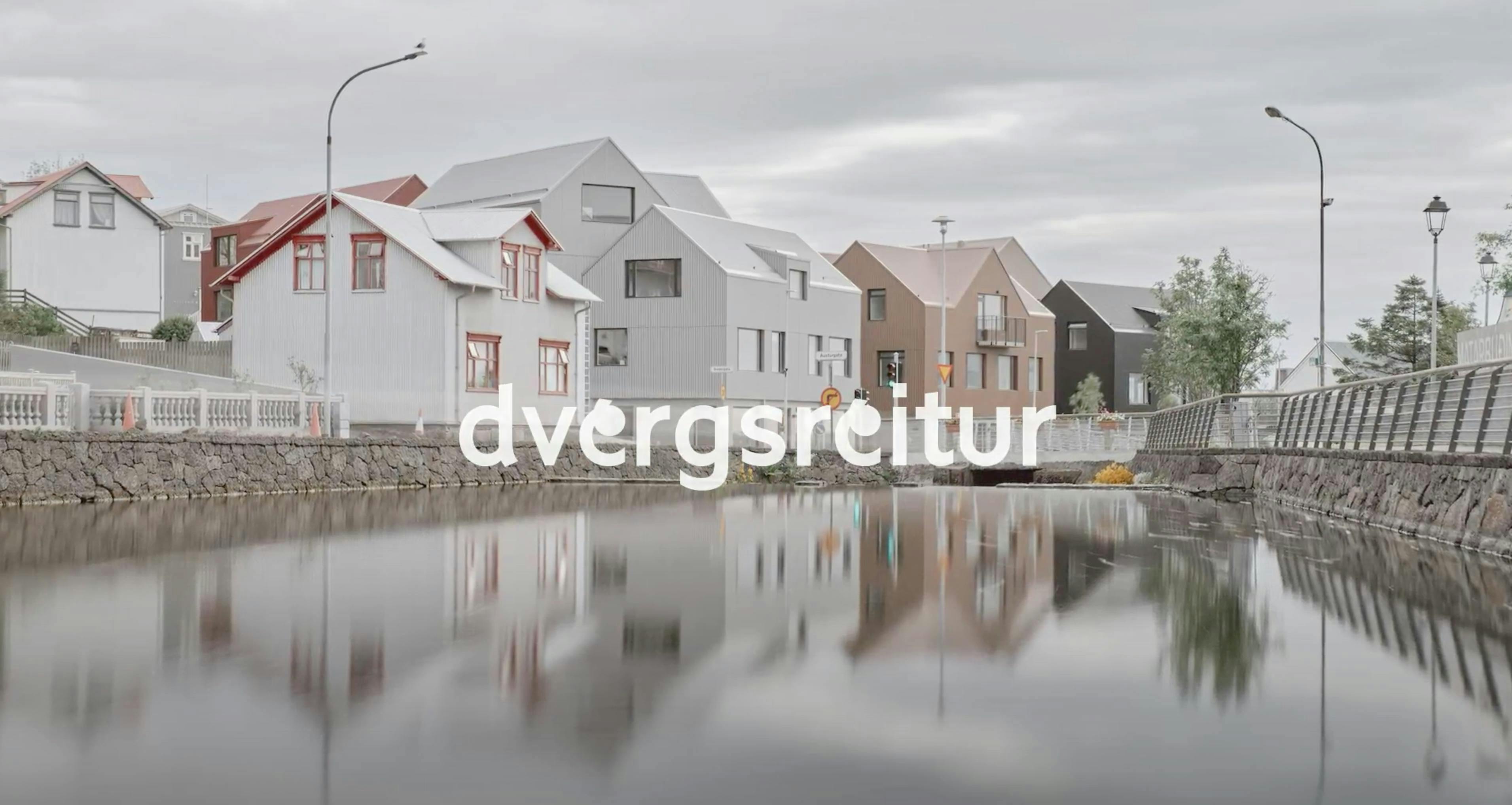
Dvergreitur is a successfully designed densification of an urban area and well executed by its creators; architects, contractor, and Hafnafjörður municipality. The new buildings harmoniously blend with the scale and form of older buildings nearby and create valuable spaces between the structures, despite their density. The choice of material is modern but skillfully references the surrounding buildings in reduced scale and deliberate variation. When observed more closely, there is playfulness in the structures’ forms, and perhaps even a clash, providing an entertaining, if not amusing appearance.
The project named Dversgreitur is a recently finished mixed used development in the heart of Hafnarfjörður. Previously, the plot was occupied by a factory building, called Dvergur. The main focus of the project was to design new buildings in harmony and with respect and consideration to the sensitive appearance of the surrounding buildings. The aim of the design was to create a feeling of a village, an appealing setting for everyday life where both residents who share their own common area in the sheltered courtyard, and guests who visit shops and services on the ground floors, can thrive.
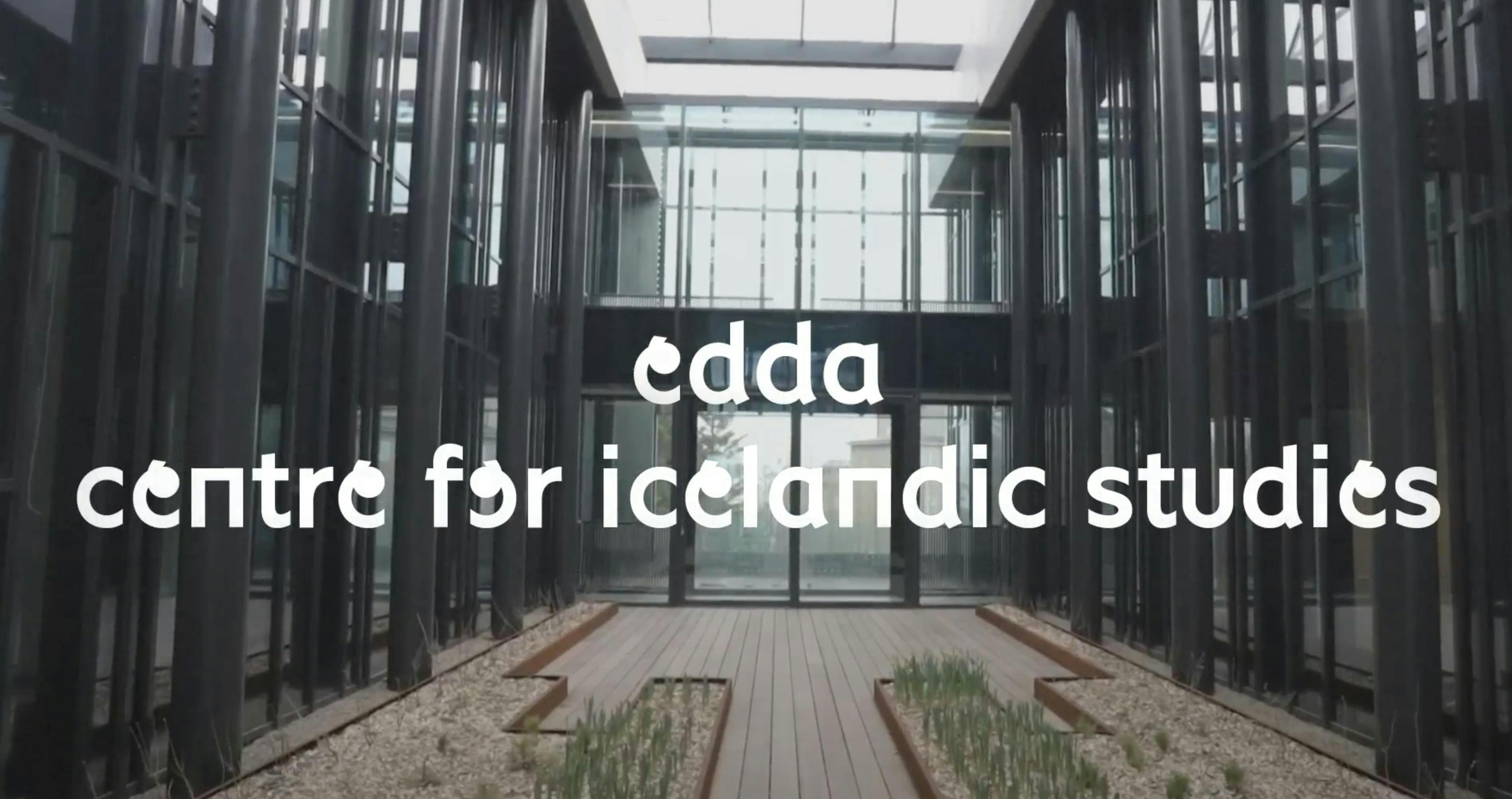
Edda, center for Icelandic Studies, is located in the University area in Reykjavík. The building is unique and impressive. Impeccable and professional work with attention to detail both on the outside and inside. The oval shape of the building and the texture of the exterior hints at something valuable hidden inside. Edda is an open and bright building with beautiful interiors which emphasize airiness and light. The building has been a long way coming and it is pleasing to see this important and ambitious building marking a turning point for the dissemination of cultural heritage in Iceland..
The building formally opened this spring and is now a key building for Icelandic society as it is now home to the Icelandic Manuscripts, a treasure trove of Icelandic national heritage. The building stands in a reflecting pond and has a copper cladding with stylized copies of text from manuscripts, which both decorates the walls and arouses curiosity about what lives within. The new building is designed and built to unite the Árni Magnússon Institute for Icelandic Studies and the University of Iceland Faculty of Icelandic and Comparative Cultural Studies. Edda allows us to preserve and visitors to access the Icelandic Manuscripts, Iceland's most precious cultural heritage, for a long time to come.
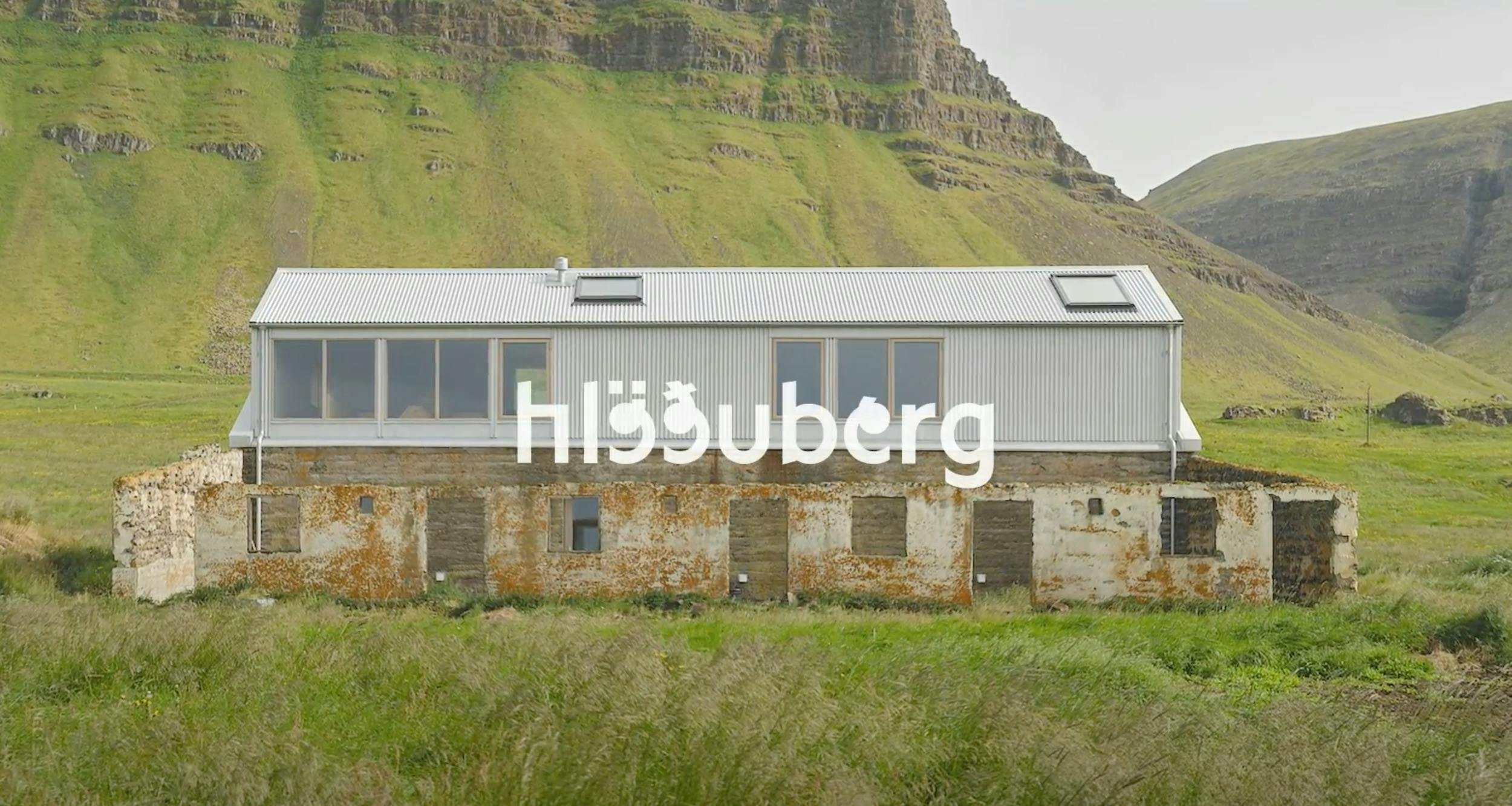
Hlöðuberg is a unique home and artist´s studio in Skarðsströnd overlooking Breiðafjörður. The house is designed with respect for history, nature and environment. The design’s premise comes across clearly in each decision behind this work, resulting in a clear concept and unique sense of place. Reuse and efficiency are reflected in the selection of all materials, the project is in the spirit of the latest trends in architecture, where the reuse of materials and environmental considerations are dominant.
Studio Bua has redesigned and transformed a derelict concrete barn in Skarðsströnd into a bright and modern home and artist’s studio. The structure of the house is a building of corrugated steel rising from the preexisting concrete base which forms the base of the lower floor. The main feature of the piece is the reclamation of the barn by building the house inside its original walls and on top of them. The interior design is spartan but skillfully planned, resulting in diverse spaces which coalesce into making the house feel more spacious on the inside than it looks from the outside
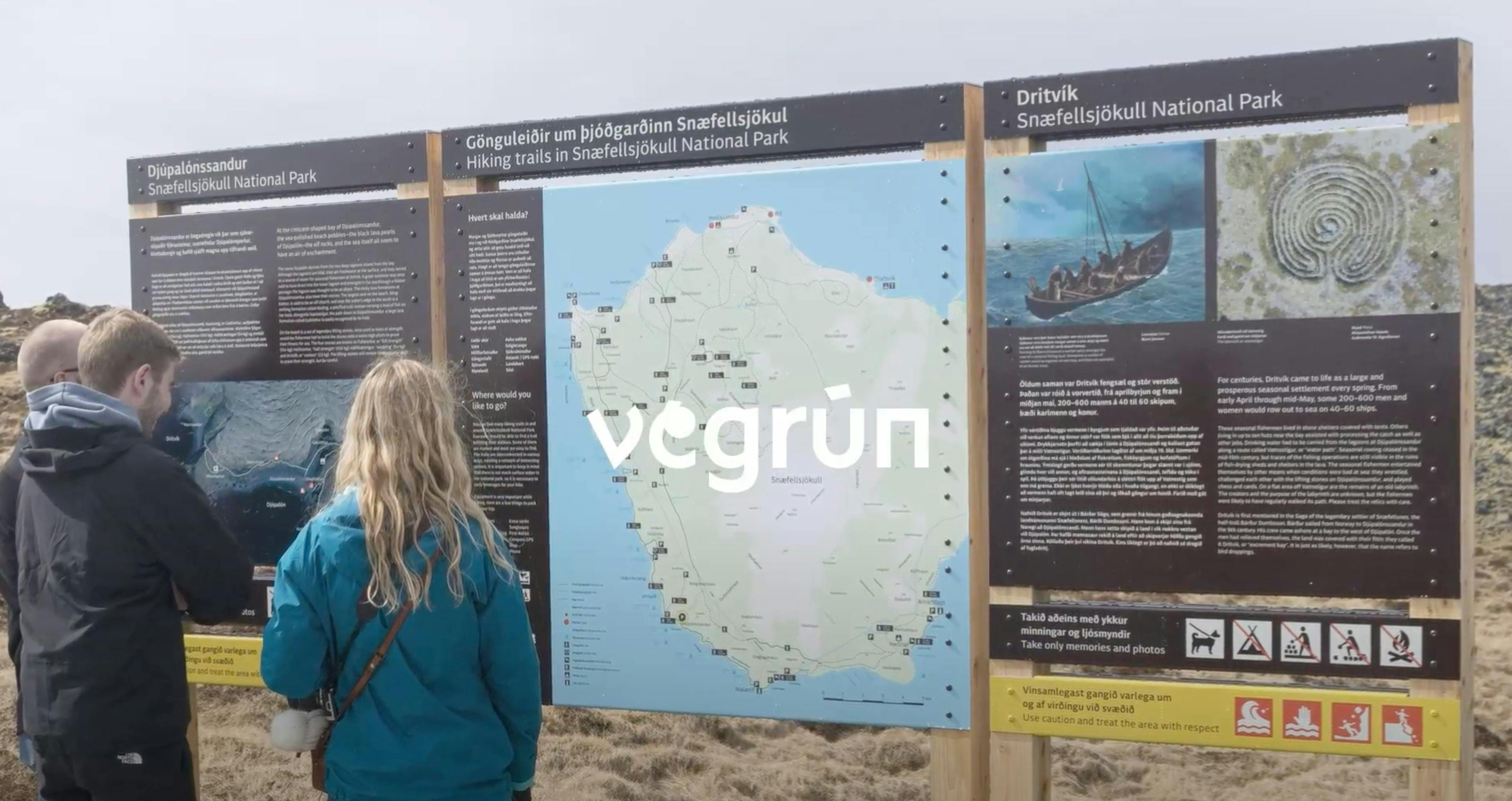
The signpost system, Vegrún, is well adapted to nature while also taking into account the specific conditions of each place, whether it be a live monitoring and information system in Reynisfjara, access management in Kirkjufell, or flexible signposts for the volcanic eruptions in Reykjanes. We do not always notice that the items we come across in our daily lives are results of detailed and carefully planned design. Vegrún is a good example of this. It is a comprehensive project with especially perceptive and professional solutions. The clear consideration for each detail results in a beautiful and compelling design.
The signpost and trail system is an inter-disciplinary design project under the auspices of the Ministry of the Environment, Energy and Climate and the Ministry of Culture and Business. The artwork is created by Kolofon and a wide group of designers and specialists with the goal of creating a concordant, versatile, and practical system that is easily accessible to any user in any part of the country.

Interment is a complex project that tells the unique story of a building and how modernistic expectations of urban development gain new meaning as time goes on. The building loses its purpose, it fails to find a new role in the contemporary world and is disqualified from the game. The author presents the content through different mediums: a performance, installation, film and finally a book. The power of the machine is presented in the film and the viewers look helplessly at the demolition of the building and the resulting waste of raw materials with the city’s everyday life in the background. The end of a building is the end of ideas about single-use buildings, grounding.
The book intertwines the story of the building’s life and death with the author’s story and ideas. The author enters the large building of the Industrial Bank of Iceland on Lækjargata and from there into the light of ideas and dreams that live in the built environment.
The large building of the Industrial Bank of Iceland on Lækjargata was built in the 1970s in the spirit of international visions, but more than half a century later the building is doomed to be demolished to make room for new buildings with a different role. With Interment, architect Anna María Bogadóttir, creates a unique and influential work that has managed to generate interesting discussions in Iceland. Interment pushes people to think about architecture and its role in the modern world and the need for a change, the life of buildings, re-use, environmental considerations and circular thinking. The approach is artistic and professional, but at the same time personal, so the result is appealing to a diverse group.
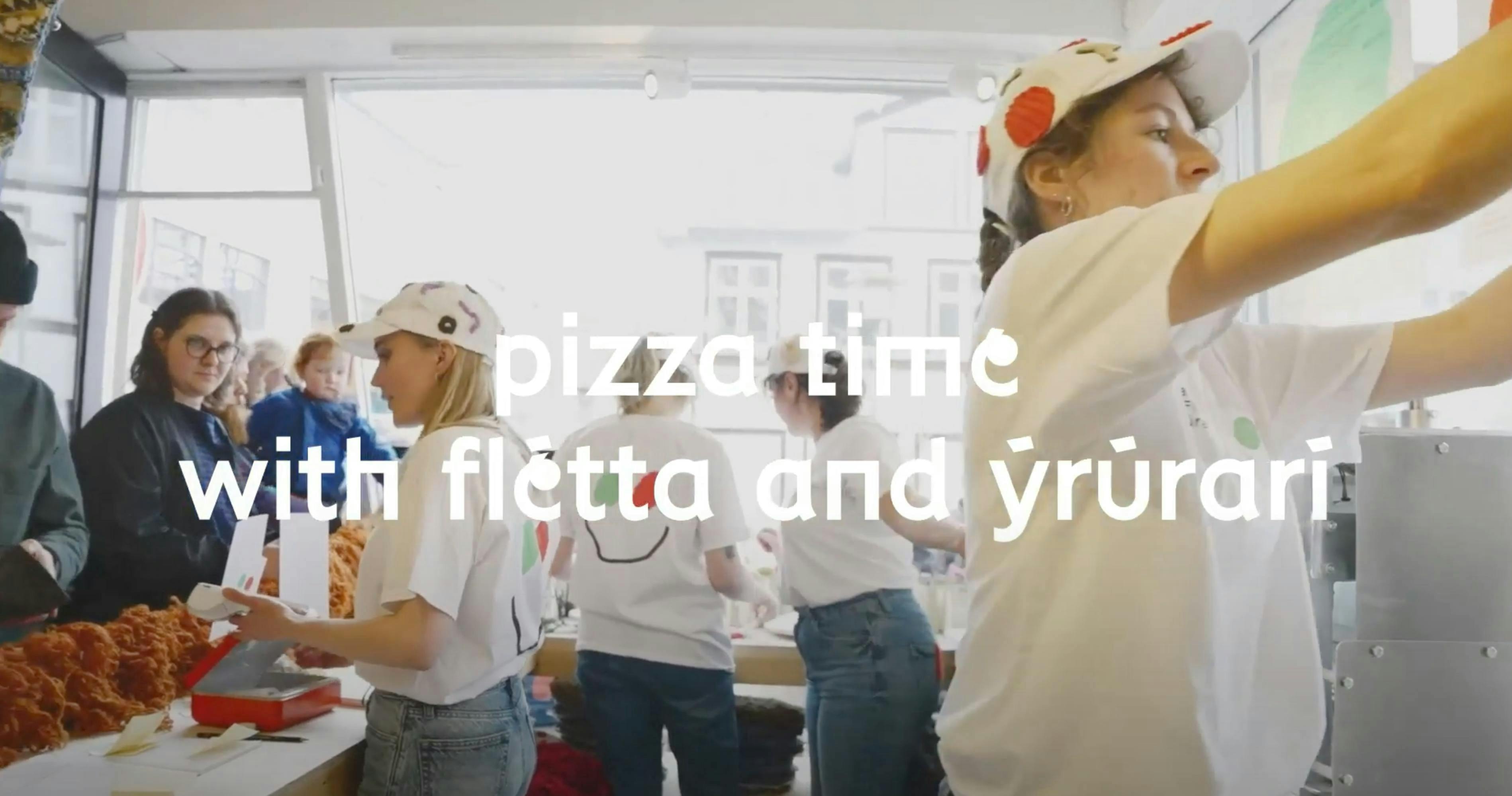
Pizza time is a project, a performance and a very interesting experiment that shows how with design thinking it is possible to shed light on the use of leftover products and their value in a very fun and remarkable way.
Pizza Time with Flétta design studio and Ýrúrarí textile designer was a five-day performance that took place at DesignMarch 2023 where designers felted wool pizzas from Icelandic wool industry leftovers and sold them to customers just like normal pizzas. The artwork's setting was built around a felting machine which played the role of a pizza oven, and the designers played the roles of pizza makers and waiters. Playfulness was the prevailing sentiment of the overall representation and execution of the artwork, apparent in the design of the menus, the costumes, the setting, and the product itself. The performance space, a store space in the middle of Laugavegur shopping street in Reykjavík, had large windows that provided guests with a clear view of the whole process, including the manufacturing of the textile products which normally are made in closed spaces.
The designers of Pizza Time managed to create a memorable experience, and a very interesting social experiment, that attracted many interested guests. The wool pizzas were a hit and sold out, there were long queues and the designers could not keep up with the demand during the amazing five days of Pizza Time.
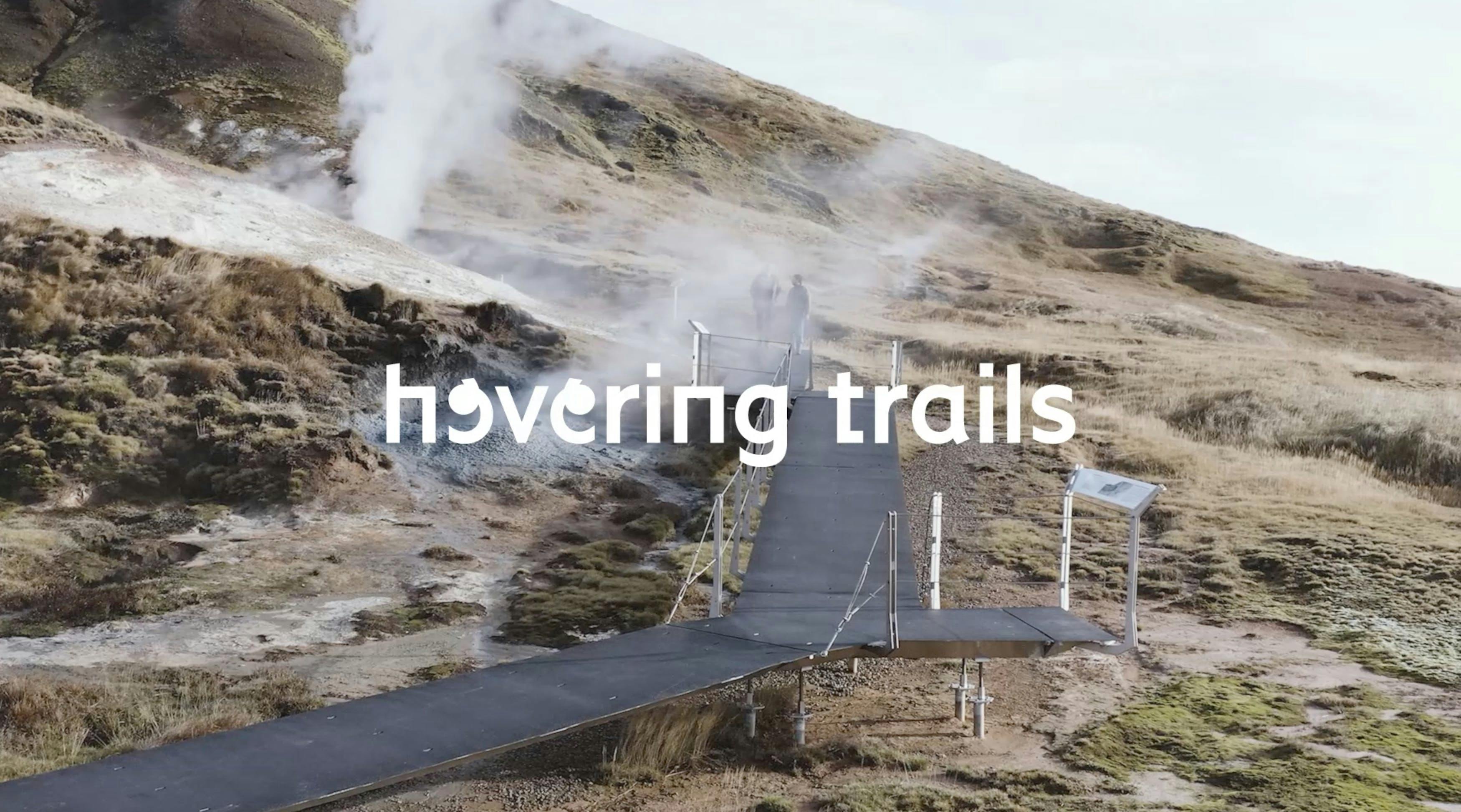
Hovering Trails is a specially designed trail system that protects nature from degradation and provides access for people in wheelchairs.
The design of the trails responds to the urgent call for strengthening the infrastructure in tourism and is a way to upgrade gravel paths in an environmentally and socially responsible way. The project is multi-layered, it meets the need for universal design and nature protection. Better access to nature brings health benefits and a higher quality of life for all who enjoy it. The trails are designed with the most vulnerable areas in mind; such as lava fields, geothermal areas and swamps without the foundation of the paths being destroyed.
Nature protection is the main focus in the design and the installation aims for minimal nature intervention so the trails can be installed and removed without leaving any marks. The construction follows the rules of universal design and thus ensures access to untouched nature for people who use wheelchairs. The trails increase the potential for this group to enjoy outdoor activities, which often is limited due to accessibility. The designers Birgir Þ. Jóhannsson and Laurent Ney have created a simple and easy solution to facilitate everyone's access to nature.
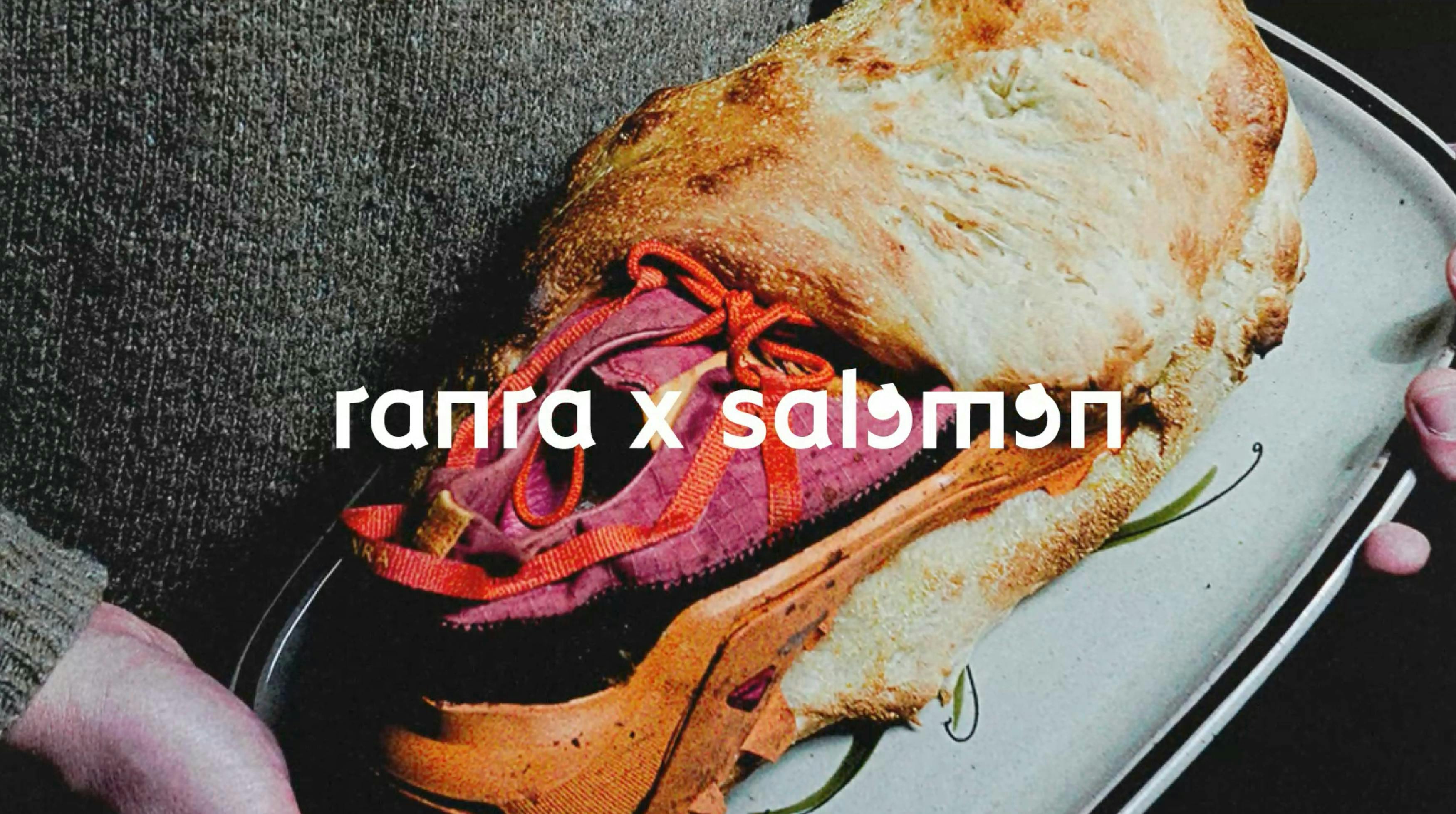
RANRA x Salomon is a collaboration between RANRA design studio and the international outdoor brand Salomon designing environmentally friendly footwear.
The designers approach to the project is from an environmental and sustainability perspective, which lays the groundwork for material selection and production. The shoes are highly sought after, made in the spirit of “gorpcore” fashion, which borders on outdoor and fashion clothing and appeals to those who want to focus on the environment, but also to those who are not so aware of it. RANRA’s innovative materials, professional and unique craftsmanship and aesthetics shine through with a focus on natural dyes, recycled and reusable materials. The product’s marketing material was a big hit, as it presented the shoes in a fun way with references to Scandinavian food traditions, soil, people and animals.
Ranra is a design studio by Arnar Már Jónsson and Luke Stevens based in London and Reykjavík that specializes in outdoor clothing designed for nature and the urban environment. The collaboration between RANRA and outdoor brand Salomon began in 2022 and has attracted worldwide attention. This is the second time that RANRA has designed the Cross Pro shoes produced by Salomon.
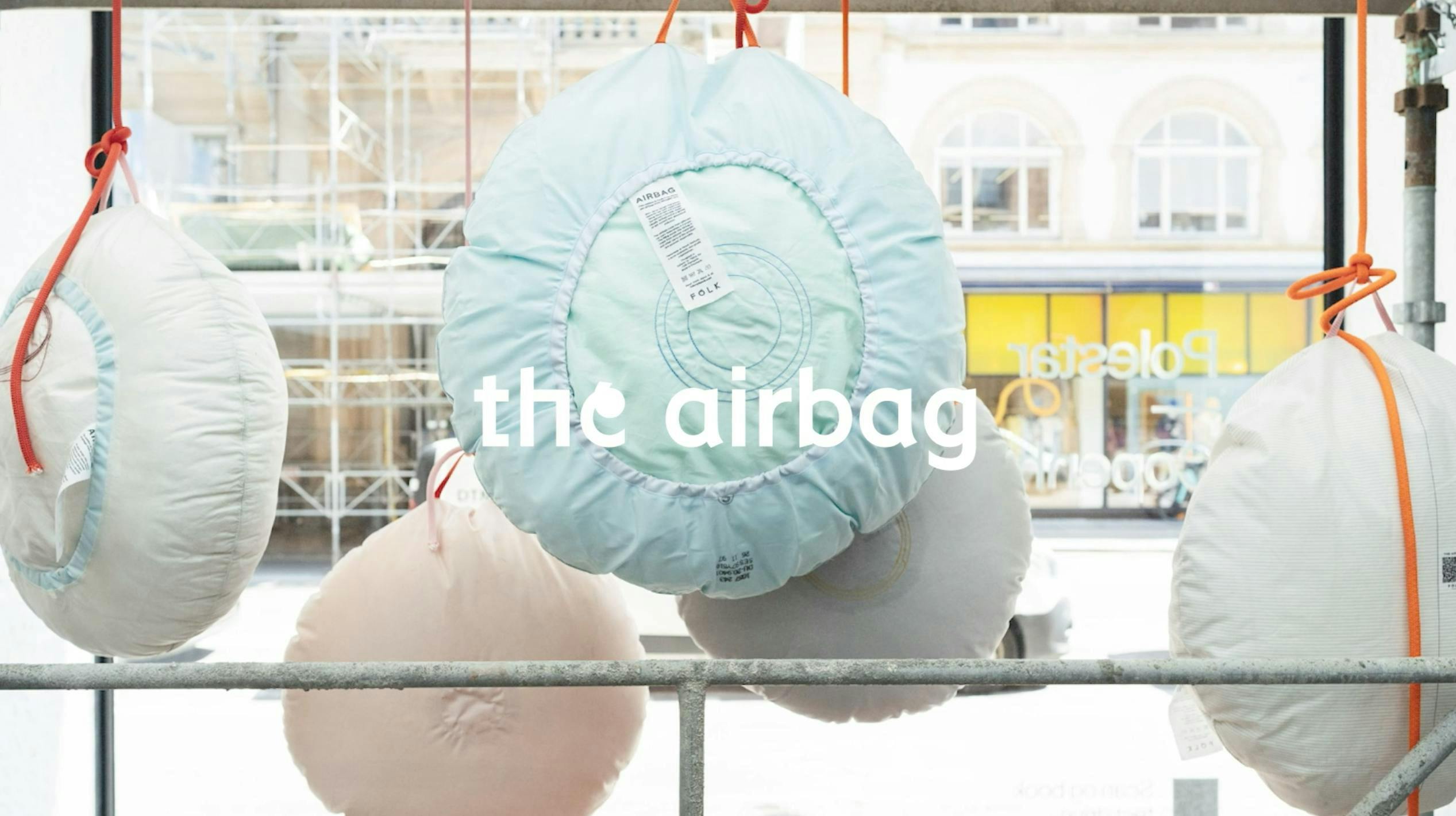
The Airbag is a new product designed by Studio Flétta for Fólk Reykjavík.
The Airbag is an example of innovation where the product is designed with a circular economy in mind. Waste from an industry that was previously not available for sale or use is transformed into a strong, multi-use pillow. The pillows are 96% recycled and the only new ingredient is the rope and the handle.
Flétta goes virtually all the way with the recycling concept. The material can be separated once the product's lifetime is over, and the utilization of the material is maximized by keeping its changes to a minimum. Flétta was founded in 2018 by product designers Birta Rós Brynjólfsdóttir and Hrefna Sigurðardóttir, who have from the beginning focused on circular design in an uniquely creative way. The pillows were designed in collaboration with the design company FÓLK in 2020 for their product line, Circular Design, and made from used airbags in cars that would otherwise have gone to landfill. The Airbags are sourced from Netpartar, an environmentally certified car parts supplier. The fill is from leftover mattress foam from AnnTex and leftover fabric from 66° North. The sewing is by the Danish sewing house Huset Venture, a non-profit organization that provides work for people who run into obstacles in conventional work environments.
Airbag is a good example of new ways of thinking in design, which are now taking over and offering endless opportunities.
Best investment in design
- 2023
- 2022
- 2021
- 2020
- 2019
- 2018
- 2017
- 2016
- 2015

Within a short time, Angústúra has contributed greatly to publishing in Iceland with diverse publications and emphasis on design. Angústúra publishes Icelandic and translated literature with focus on design quality, seen for example in cataloging of Icelandic design history, design analysis, and translations of books on design.
The ambition is realized both in the appearance of the books and the readers’ experiences. One of Angustúra's most interesting products is the book subscription program where readers receive literature from all corners of the world translated to Icelandic and well designed.
Angústúra publishing house was established in 2016 and has from the beginning partnered with leading designers and illustrators in the field. They have been entrusted with great freedom in interpreting materials visually in illustrations, cover design, and layout, that has led to the creation of beautiful printed items that appeal to a wide audience.
The jury's assessment is that Angústúra's investment in design has not gone unnoticed and resulted in great interest from readers. The publishing house has therefore set an example for high quality publications deserving special praise for its focus on Icelandic design history.
Honorary award
- 2023
- 2022
- 2021
- 2020
- 2019

Sigrún Guðjónsdóttir "Rúna", leirlistakona
Rúna’s life’s work encompasses design, visual art, craftsmanship, education, and innovation, while embracing partnership with other artists, businesses, and the public. Rúna’s work is characterized by playfulness, and her methods, distinctive features, and prominent style has awakened great curiosity and been an inspiration to her successors in ceramic art and design. We could claim that Rúna’s imagery has had a formative influence on generations of Icelanders, young and old, which is evident in the numerous artworks in Icelanders’ homes and institutions since the middle of last century. She is a pioneer of her time which is evident in the visible boldness of her work. While almost exclusively working with Icelandic clay, she has not hesitated to experiment with mixing types of clay and glaze firing. She has taken a deep interest in this medium being equal to other visual art and paintings. Rúna’s work is often described as poetic as she works with mystical memories and tales combined with Iceland's nature and scenic beauty in her palette of mild colors.
Rúna was born in 1926 and grew up in Hafnarfjörður. As a teenager, she studied at The Icelandic College of Arts and Crafts where she also earned a teacher certification at the age of 18.
In the year 1946, she went with her husband, Gestur Þorgrímsson, to Copenhagen where she studied painting, and he studied sculpture at the Royal Danish Academy of Fine Arts. Upon their return home to Iceland, the couple established the studio Laugarnesleir where Gestur sculpted pieces and Rúna designed and painted patterns and shapes.
Around 1970, Rúna started to experiment with porcelain colors and glaze firing of ceramics, and through that, developed a technique that involved imprinting colors with stencils. In preparation for the celebration of Iceland’s 1100 years as a nation in 1974, there was a competition for motifs for decorative plates, and Rúna’s contribution featuring profile images of faces, fish, and birds was chosen. These motifs are common in Rúna's work and became one of the most recognizable motifs in Icelandic homes at that time.
Rúna had successful partnerships with key actors such as Bing & Gröndal and Villeroy & Boch making tableware and painted tiles.
You can spot Rúna’s larger pieces in several public places in Reykjavík, for example in the headquarters of ÁTVR in Ártúnsholt and in the vestibule of Seljakirkja Church in Breiðholt. In addition, an art piece by Rúna and Gestur featuring athletes in high-fire clay is prominently displayed over the entrance of Laugardalshöll Sports Arena although the piece was first designed for the old grandstand in Laugardalur Stadium.
Rúna has been active in the Icelandic art scene since the middle of last century. She leaves behind a large number of artwork, books, book illustrations, and other designed objects. Rúna's work is displayed at many museums, in public places, and is a classic theme in Icelandic homes. Rúna taught at the Faculty of Ceramics at the Icelandic College of Arts and Crafts from 1973 to 1987 and was a very popular teacher.
“It is easy to enjoy life as long as you can work” is a well-known quote by Rúna who says she lives for the work. This is reflected in Rúna’s work as a pioneer in ceramic art in Iceland. It is therefore with great joy that the selection committee of the Icelandic Design Awards announces that the Honorary Award 2023 goes to Rúna.
Jury of the Icelandic Design Award 2023
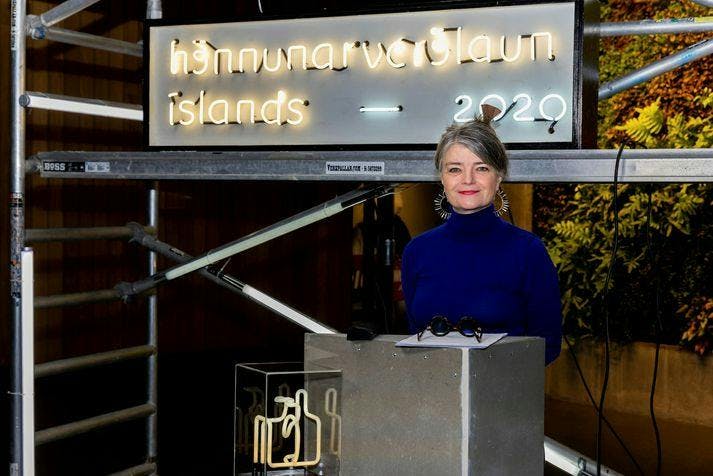
Sigríður Sigurjónsdóttir
chairman of jury, Icelandic Design Award
Margrét Kristín Sigurðardóttir
Director - PR and Communications, SI - the Federation of Icelandic Industries
Erling Jóhannesson
Goldsmith and president of BÍL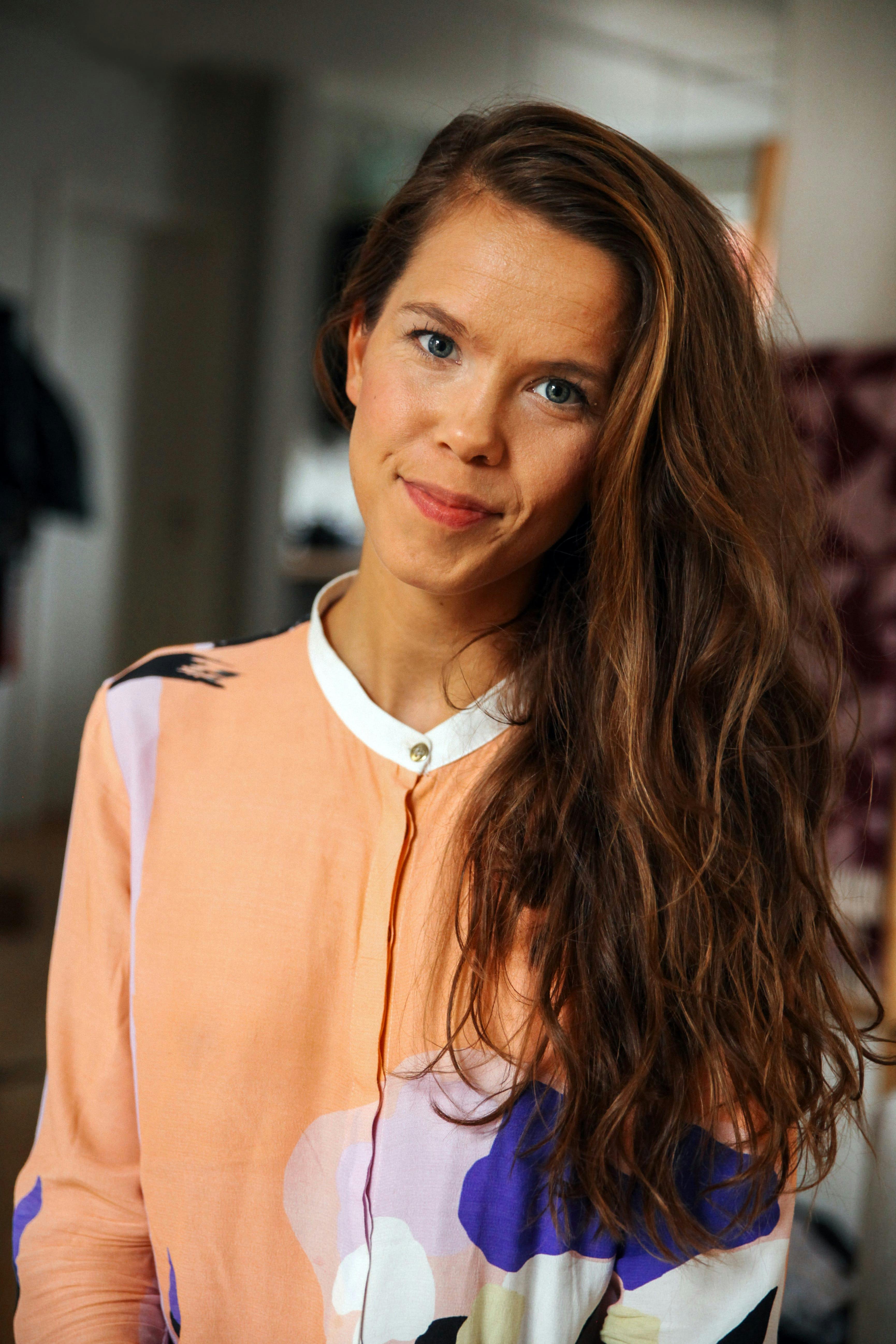
Guðrún Sóley Gestsdóttir
Media personality and culture specialist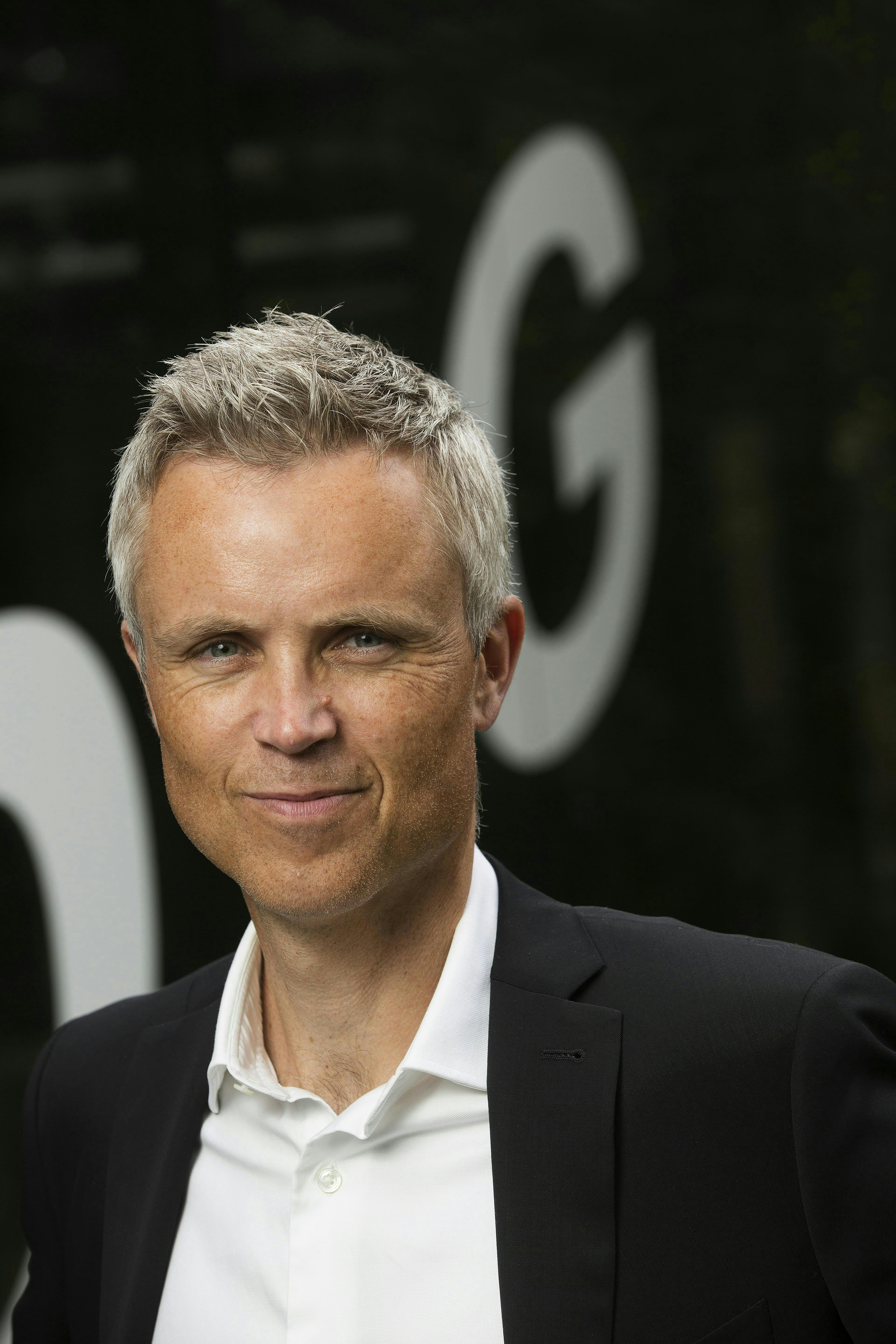
Tor Inge Hjemdal
Architect and CEO of DOGA
Halldór Eiríksson
Architect and owner of TARK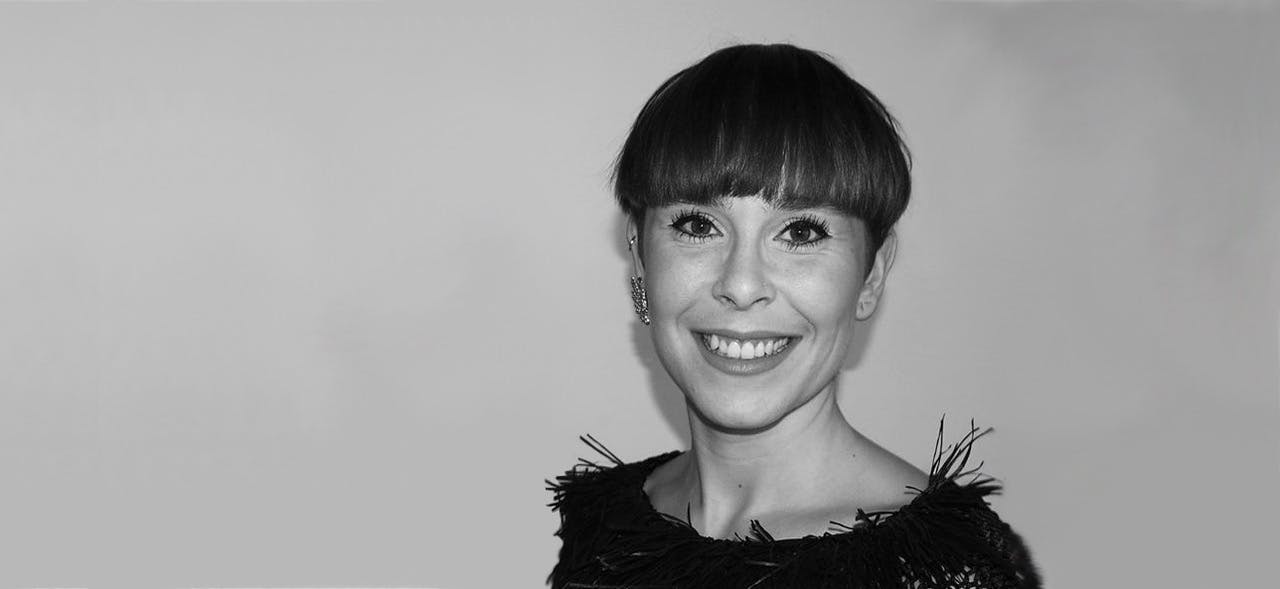
Eva María Árnadóttir
Fashion designer and Dean of architecture, design and fine art at IUASigurlína Margrét Osuala
ceramist
